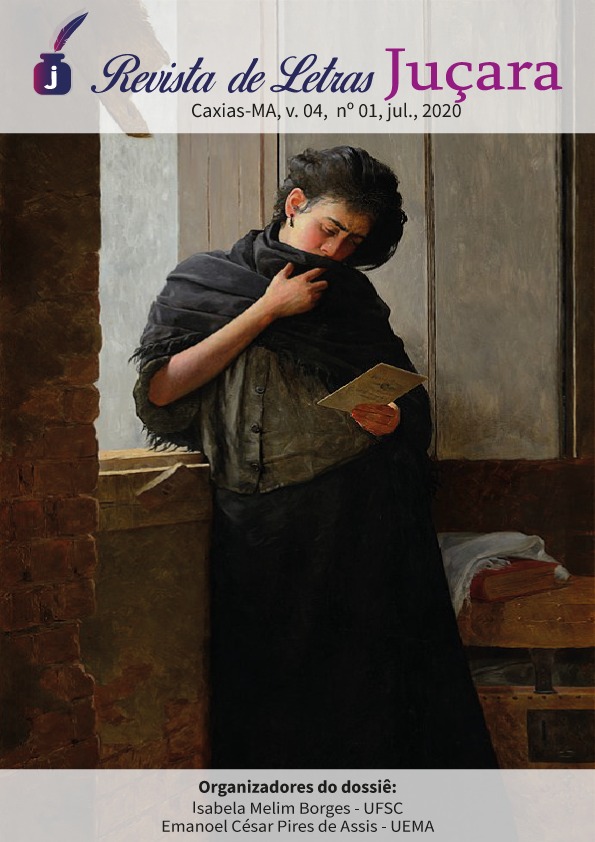SATANISM AND DECADENTISM IN WENCESLAU DE QUEIRÓS' REZAS DO DIABO
DOI:
https://doi.org/10.18817/rlj.v4i1.2226Abstract
In the last quarter of the 19th century, when the byronic ultrarromanticism of the Academia Paulista had already vanished, and scientificism was taking up hopeful flights, the provincial São Paulo was the scene of a disturbing poetic manifestation. Very respected among his own, Wenceslau de Queirós made his diabolical pen run through the capital's newspapers and, above all, through the pages of the Correio Paulistano. The illustrious poet, today taken as a precursor of the brazilian symbolism, periodically announced the release of a volume that would only be published after his death in 1939: Rezas do Diabo. The provocative title referred to the poetry that was being produced under Baudelairian estrus and, as could not be otherwise, caused a certain uproar among the chaste readers: satanism, eroticism, terror, blasphemies - everything was in the pages of his book. But was Wenceslau de Queirós a true satanist? If not, what did he seek to represent with his diabolical invocations? Was he a decadentist or a realist? Here are some of the questions that I intend to develop throughout this paper, especially with the aim of showing that Wenceslau de Queirós was a more complex poet than is usually thought.
Downloads
Published
How to Cite
Issue
Section
License
A submissão de originais para a Revista de Letras Juçara implica na transferência, pelos autores, dos direitos de publicação. Os direitos autorais para os artigos publicados nesta revista são do autor, com direitos da revista sobre a primeira publicação. Os autores somente poderão utilizar os mesmos resultados em outras publicações indicando claramente a Revista de Letras Juçara como o meio da publicação original.


